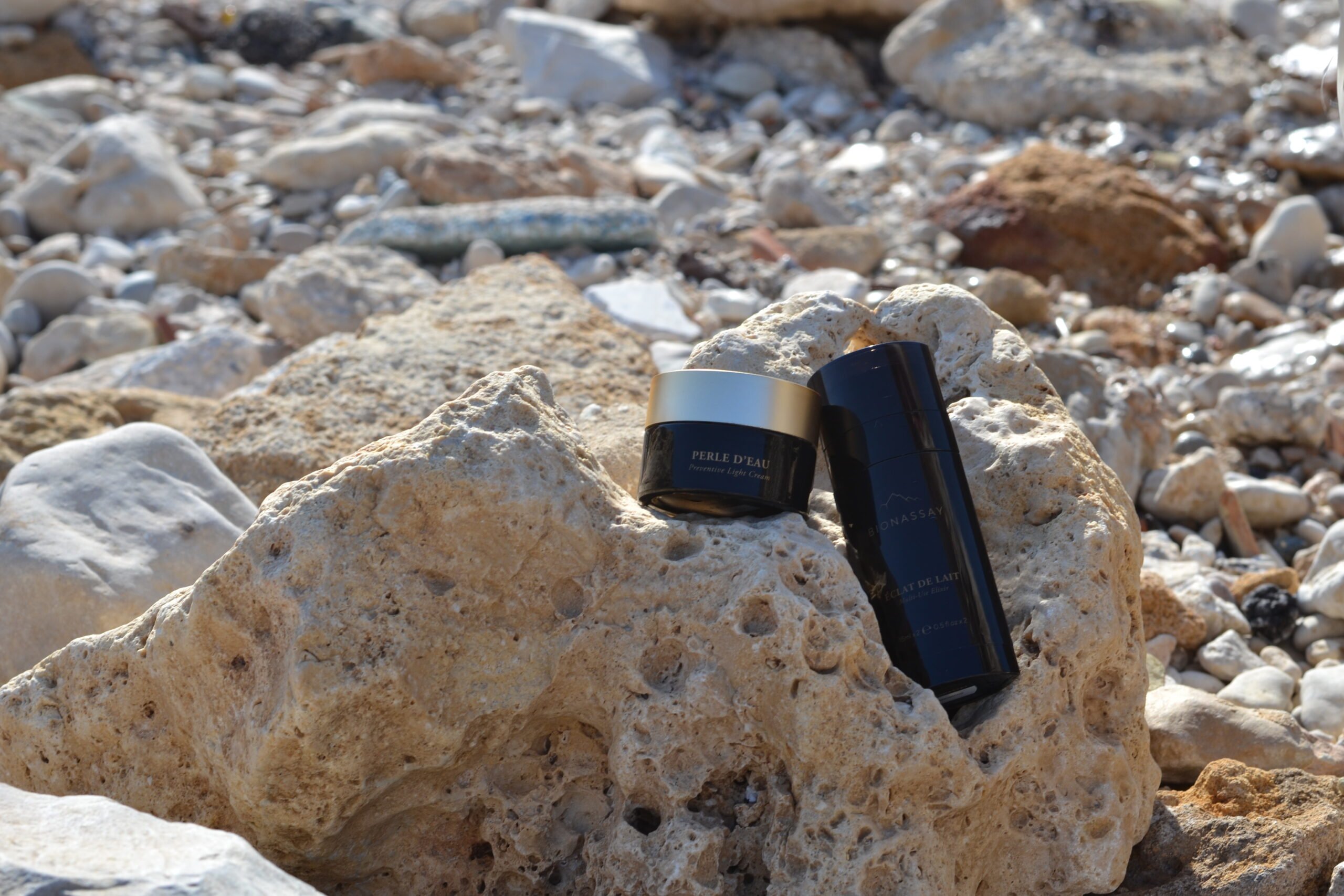The increase in gold prices over the past several months has been hard to overlook. Throughout history, gold has been an object of fascination and desire for both the rich and the poor. As Jack Plotkin, former Goldman Sachs banker, points out, even though the world has dramatically changed over the course of the last century, gold has retained its place as a wealth store, particularly during times of crisis and uncertainty.
During the bull market of the past decade, gold was largely overlooked by retail and institutional investors alike. However, gold prices, gold exchange-traded funds (ETFs), and equity in gold mining companies, have all been on an uptrend since 2016. Since the onset of the COVID-19 pandemic in March 2020, gold appreciation has further accelerated, rising more than 30% and breaching $2,000 per ounce for the first time in history.
Jack Plotkin believes these are the drivers behind gold’s jump
According to Jack Plotkin, a former Investment Banking Strategist at Goldman Sachs, there are several drivers behind such a significant and rapid increase in gold prices. “It’s the perfect storm,” he says. “Massive economic uncertainty, low-interest rates, and inflationary fears.”
Plotkin explains that gold is considered a safe-haven asset, meaning that many investors use gold as a hedge against stock market volatility during periods of turbulence such as the current global health crisis and sociopolitical unrest. He says that it is also attractive during low-interest rate periods when investors look for equally safe but higher-yielding alternatives to government bonds. In addition, he notes that during periods of quantitative easing, when the Federal Reserve floods the market with cash, there is a significant risk of the dollar weakening, and investing in gold provides downside protection.
The markets appear to bear out Plotkin’s “perfect storm” hypothesis. A recent survey found that one in six Americans has bought gold or other precious metals in the last three months, and one in four has given that idea serious consideration. Many are looking for ways to either protect the gains they made in the bull market over the past decade or simply preserve their savings.
Jack Plotkin on how to get your hands on gold
Plotkin notes that there are multiple ways to obtain exposure to gold. “Generally, people are not looking to buy the actual physical commodity,” he says. “Actual gold bars are cumbersome to store, transport, and divide.” He explains that most investors prefer to purchase shares in gold ETFs or gold mining companies, which are just as easy to buy and sell as regular stocks.
“If you are looking for pure gold exposure, you are better off buying an ETF,” says Plotkin. “Buying stock in a single gold mining company gives you exposure to gold, sure, but it also exposes you to the risks of that individual company’s business. If the company encounters regulatory, operating, legal, or management issues that have nothing to do with gold, your investment could get devalued even though the price of gold is going up.”
Plotkin also notes that gold is a very conservative investment, as it has risen by only 1.1% annually over the last century when adjusted for inflation. However, gold has historically been a winning bet in tough times. Its price increased seven times during the tumultuous 1970s that were marked by stagflation. It emerged again as a solid investment in the post-9/11 world, rising steadily throughout the first decade of the 21st century and peaking in 2011 before benefiting from the current tailwinds.
Gold, the U.S. dollar, and the global economy
Another feature of gold, Plotkin points out, is its inverse relation with the U.S. dollar. If the value of the dollar is falling against other currencies, gold becomes cheaper in those currencies, in turn spiking the demand for gold and pushing its price up. Investors who are not trusting the American dollar during these times because of the monetary easing and big government spending could, therefore, seek refuge by gaining exposure to the precious metal.
With central banks around the world pumping money into the economy, fear of inflation for some investors is palpable. Given the inflated stock valuations, gold seems like a solid alternative. However, there are factors that could work against the continued rise in its price. The development of a safe and effective COVID-19 vaccine could spark a further rally in the stock market, which would lead to investors abandoning gold.
“Gold can be an effective risk hedge right now,” says Plotkin. “But I would advise a diversified approach. Exposure to gold should be offset with exposure to other investments to ensure a balanced risk profile. It’s a saying as old as agriculture but it applies just as much today as it did ten thousand years ago: don’t put all your eggs in one basket. Even if the basket is made of gold.”
Learn more about Jack Plotkin here.



